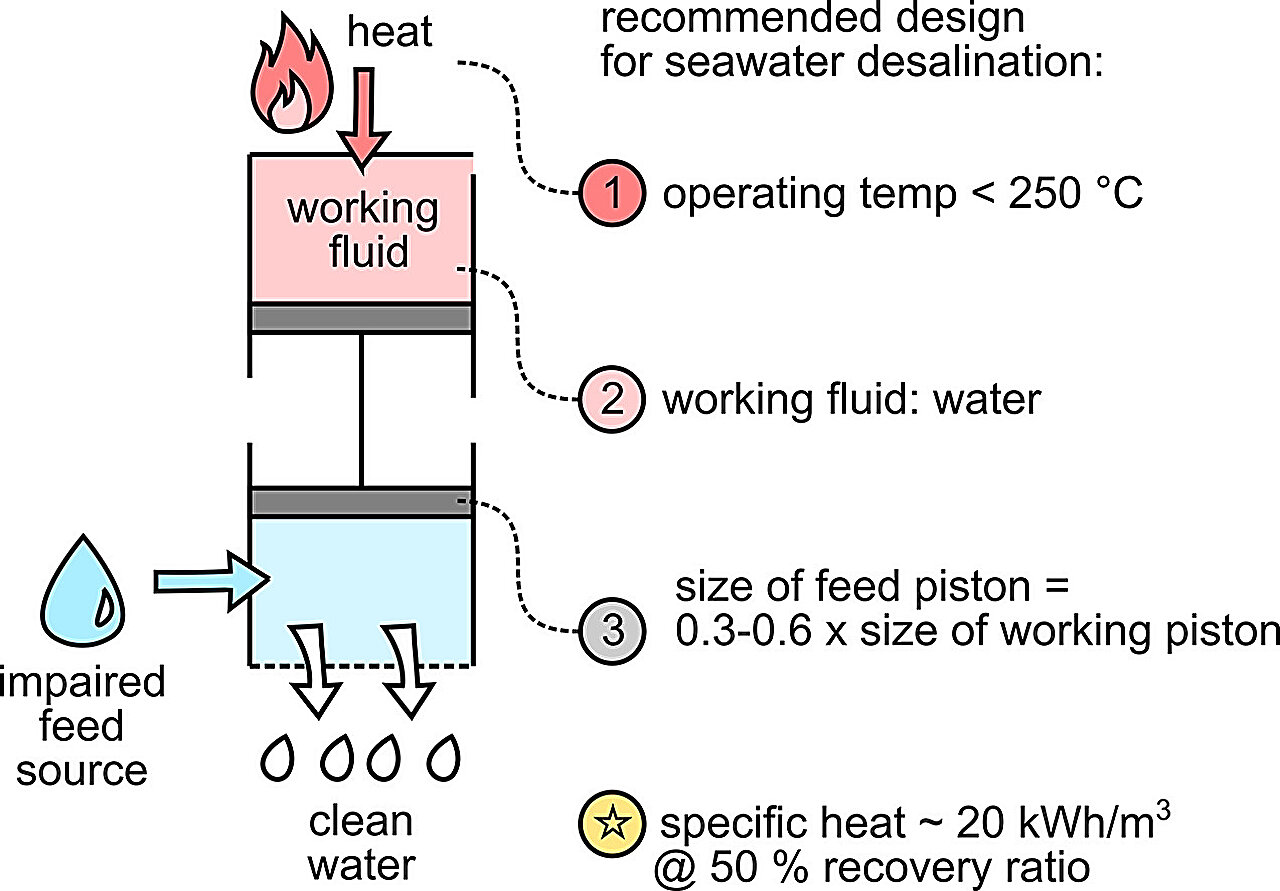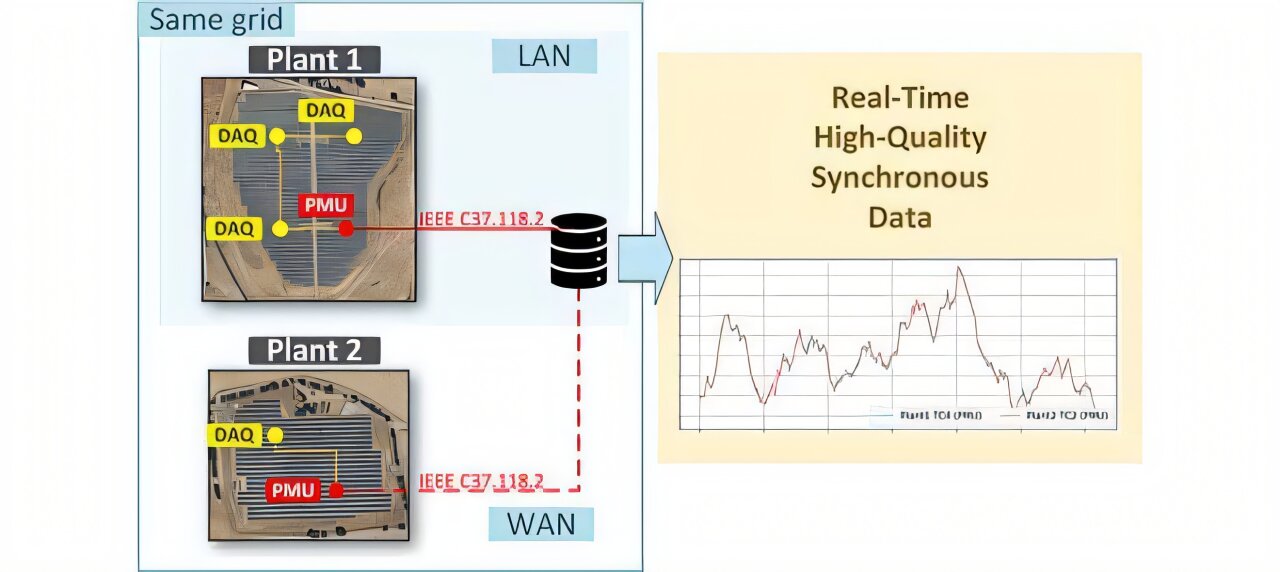Tech
DOJ Issued Seizure Warrant to Starlink Over Satellite Internet Systems Used at Scam Compound

As scam compounds in Southeast Asia continue to rake in billions of dollars in stolen funds from victims around the world, United States law enforcement aims to cut scammers off at the source by issuing seizure warrants for Starlink satellite internet terminals that provide cybercriminals with connectivity. Two US warrants and affidavits seen by WIRED detail how Starlink devices are allegedly being used by cybercriminals running scam compounds in Myanmar.
One warrant, issued on Wednesday by US Magistrate Judge G. Michael Harvey, authorized the seizure of nine Starlink terminals and two Starlink accounts allegedly used in scam compounds in Payathonzu, near Three Pagodas Pass at the Myanmar-Thai border. A linked affidavit, written by FBI investigators, claims that the Starlink devices and accounts played a “substantial role” in an alleged money laundering and wire fraud operation targeting US citizens—saying Starlink parent company SpaceX should “disable service” to the devices. It also claims that at least 26 Starlink dishes appeared to be on the roofs of several buildings making up one scam center of several in the Three Pagodas Pass area.
The second warrant and affidavit—which was not issued to Starlink but focused on seizing websites used in scamming—also claims that “at least” 79 Starlink dishes appear on the roofs of buildings at the notorious Tai Chang compound in Myanmar, which US officials say is controlled by the Democratic Karen Benevolent Army, an armed group in Myanmar which was sanctioned by the US government this week. The warrant was signed on Monday by US Magistrate Judge Matthew J. Sharbaugh.
Both sets of legal documents cite a WIRED investigation from earlier this year, which revealed that scam compounds in Myanmar have been using Starlink for internet access. Starlink, which is owned and operated by Elon Musk’s SpaceX, is a high-speed satellite internet service available in more than 150 countries around the world.
The action comes as part of a new US law enforcement initiative known as the District of Columbia Scam Center Strike Force that was announced by the Justice Department, FBI, and Secret Service on Wednesday. The effort aims to combat cryptocurrency scams targeting Americans, specifically fraud that originates from an ecosystem of systematized scamming that has evolved in multiple Southeast Asian countries and is often linked to Chinese organized crime. The “Strike Force” is already operational and the Justice Department says it has seized roughly $400 million in cryptocurrency so far that was stolen in scams.
“The Department of Justice will not stand by while Chinese organized crime victimizes Americans and bleeds dry the hard earned investments of American citizens,” Jeanine Pirro, the US Attorney for the District of Columbia, said in a press conference. “We have seized websites being used by these compounds in Southeast Asia that are used to victimize Americans. We are seeking warrants to see satellite terminals and accounts being used by the perpetrators to connect to the internet.”
Tech
These Are Our 19 Favorite WIRED Gifts for Bird Lovers

You may be familiar with the various memes detailing the fact that once you reach middle age, you’re automatically sorted, Harry Potter hat–style, into one of a handful of hobbies, such as sourdough bread making, gardening, or bird-watching. I can’t contradict this, since I’m a middle-aged person who got sorted into bird-watching. But I do know that enjoying birds and their various activities is fun for all ages. Birds are beautiful, interesting, and unpredictable, and it’s fascinating to keep a running life list of all the birds you’ve seen and hope to see in your lifetime.
Whether someone you know is in their bird-watching phase, preparing for this phase, or has been in it for decades, all of these unique gifts—for traveling bird-watchers and backyard bird enthusiasts alike—are things either I or another bird-loving Reviews team member tested, was gifted, or bought IRL and enjoyed.
For more specific equipment recommendations, check out our guides to the Best Smart Bird Feeders and the Best Binoculars, and for other gift ideas, check out all our gift guide coverage, including the Best White Elephant Gifts, Best Gifts for Men, and Best Viral TikTok Gifts.
Update November 2025: We’ve added the Birdfy Nest Polygon, a sticker book from Brass Monkey, a bb.Fonts tote, and a heated jacket from Venustas, and ensured up-to-date links and prices.
Tech
Low-grade heat from renewable sources could be used to desalinate water

A McGill University-led research team has demonstrated the feasibility of a sustainable and cost-effective way to desalinate seawater. The method—thermally driven reverse osmosis (TDRO)—uses a piston-based system powered by low-grade heat from solar thermal, geothermal heat and other sources of renewable energy to produce fresh water.
Though previous research showed promise, this study is the first to analyze TDRO’s thermodynamic limits. The results have brought researchers closer to realizing the technology which could improve access to water and increase the sustainability of infrastructure.
“Most desalination is done by reverse osmosis, which uses electricity to drive water through a membrane,” said Jonathan Maisonneuve, study co-author and Associate Professor of Bioresource Engineering.
“The challenge with using heat is that it takes a lot of it to do what you could with a little bit of electricity. So, if we can find a way to harness existing heat from renewable sources, that could be very advantageous, because it’s so abundant,” Maisonneuve said.
“Thermally driven reverse osmosis: thermodynamics of a novel process that uses heat for desalination and water purification,” by Saber Khanmohammadi, Sanjana Yagnambhatt, Dan DelVescovo and Jonathan Maisonneuve, was published in Desalination on Oct. 15, 2025.
Addressing the water and energy crises
Electricity-based desalination, which is often inaccessible in remote areas, requires about one to four kilowatt hours (kWh) to produce one cubic meter of fresh water.
According to the researchers’ analysis, which optimized several elements of a design proposed by MIT researcher Peter Godart, TDRO would require 20 kWh per cubic meter.
“There’s still a big difference when you compare it to one to four kWh, but because heat is cheaper than electricity, we don’t have to totally close that gap,” Maisonneuve said.
TDRO works by heating and cooling a small amount of fluid in a sealed chamber, known as the working fluid. This temperature fluctuation expands the working fluid, causing it to drive a piston to push seawater through a reverse osmosis membrane—effectively combining a thermodynamic cycle with water purification.
By studying and optimizing the ratio of working fluid to seawater fluid, as well as the piston sizes, the researchers demonstrated that TDRO has better performance potential than previously thought. The method also compares well against existing thermal desalination technologies, but they say further study is required.
“Next, we need to model it in detail, see how quickly the system can operate and introduce a number of non-ideal effects, such as heat loss through the environment,” Maisonneuve said.
More information:
Saber Khanmohammadi et al, Thermally driven reverse osmosis: thermodynamics of a novel process that uses heat for desalination and water purification, Desalination (2025). DOI: 10.1016/j.desal.2025.119103
Citation:
Low-grade heat from renewable sources could be used to desalinate water (2025, November 14)
retrieved 14 November 2025
from https://techxplore.com/news/2025-11-grade-renewable-sources-desalinate.html
This document is subject to copyright. Apart from any fair dealing for the purpose of private study or research, no
part may be reproduced without the written permission. The content is provided for information purposes only.
Tech
‘Big brother’ system designed to monitor solar plants

Using a network of synchronized sensors, a new system provides energy and meteorological data every tenth of a second to more accurately predict the performance of solar plants.
Solar plants do not always provide energy. Rather, they do so only when they can, as they depend on the weather. A single cloud, for example, can cause a drop in production.
To address the uncertainty inherent in solar plant operations, the Instrumentation and Industrial Electronics research group at the University of Cordoba has developed a new monitoring system that uses a variety of sensors to provide more detailed, precise, and synchronized information about solar plant performance. This is a Big Brother-style monitoring system designed not only to observe and predict these plants’ performance, but also to adjust the auction that sets energy prices to more realistic conditions.
The research is published in the IEEE Sensors Journal.
The goal was to analyze how solar plants generate energy in relation to weather conditions. To achieve this, the team utilized devices that have been on the market for several years, to which they applied new implementations. Thanks to these devices, the collection of equipment, which they have named Extended Phasor Measurement Units, can gather energy (such as current, voltage, and frequency) and meteorological (such as solar radiation) data.

The key is that this data is collected every tenth of a second, in great detail; so detailed, in fact, that they generate around 2 to 3 gigabytes of data each month. Furthermore, because the devices are synchronized with each other and located in different areas, including nearby solar plants, the information they provide allows us to see what has happened, and anticipate what is going to happen.
As UCO researcher Víctor Pallares López explained, “It’s about closely monitoring the systems to gather as much information as possible and being able to react to any negative effects that could affect the stability of the electrical grid.”
The more closely they are monitored, the sooner action can be taken to isolate the system from potential disturbances by disconnecting it and preventing their spread.
The sensors have been fine-tuned, tested in both the laboratory and at two Pozoblanco plants, and all the errors have been reviewed, so the team is now immersed in the second phase of the project: analyzing all the data generated.
This work is currently being conducted as part of the national project “Edge management of photovoltaic plants based on an analytical architecture with near-perfect temporal precision,” with reference PID2024-158091OB-C21.
More information:
Victoria Arenas-Ramos et al, Implementation and Characterization of a High-Precision Monitoring System for Photovoltaic Power Plants Using Self-Made Phasor Measurement Units, IEEE Sensors Journal (2025). DOI: 10.1109/jsen.2025.3598820
Citation:
‘Big brother’ system designed to monitor solar plants (2025, November 14)
retrieved 14 November 2025
from https://techxplore.com/news/2025-11-big-brother-solar.html
This document is subject to copyright. Apart from any fair dealing for the purpose of private study or research, no
part may be reproduced without the written permission. The content is provided for information purposes only.
-

 Entertainment7 days ago
Entertainment7 days agoChina unveils£5.4 bn Fujian, its most advanced aircraft carrier yet
-

 Politics7 days ago
Politics7 days agoIDF lawyers warned of possible Gaza war crimes: US intel findings
-

 Entertainment7 days ago
Entertainment7 days agoRobert Pattinson jokes about competing with Gen Z
-

 Business1 week ago
Business1 week agoFM asks banks to ensure staff speak local language – The Times of India
-

 Business1 week ago
Business1 week agoBudget tax hikes could see food prices soar, major supermarket boss warns
-

 Entertainment1 week ago
Entertainment1 week agoMeghan Markle returns to acting in star-studded film: details inside
-

 Tech1 week ago
Tech1 week ago‘Vibe coding’ named word of the year by Collins dictionary
-

 Tech1 week ago
Tech1 week agoWhy fears of a trillion-dollar AI bubble are growing
















